The markets may have kicked off this week with a severe case of the Mondays (okay, and the Tuesdays…), but is the situation as bad as it’s being made out to be? The ACWI’s certainly seen worse days in the past ten years, and we’ve spoken more than once now about how valuations were getting overheated. Could a pullback be just what the doctor ordered? Nevertheless, investor anxiety sent yields plummeting further and caused the 10-year U.S. Treasury yield to hit its lowest level on record, and the yield curve just hit its deepest inversion since last October. Manufacturing recovery looks to be gaining some momentum though, so let’s hope the trend continues and isn’t derailed by the coronavirus. Several U.S. industries are heavily dependent on Chinese imports—do you know which have the most exposure? Cases outside of China have spiked this week, even as the rate of new infections continues to slow. Much of Northern Italy is now in lockdown, which could spell trouble for the nation given how much that particular region drives GDP. Will it be enough to drive them back into recession?
1. Perspective. While no one knows what will happen next, Monday’s decline for the ACWI was not in the top 5 since 2010.
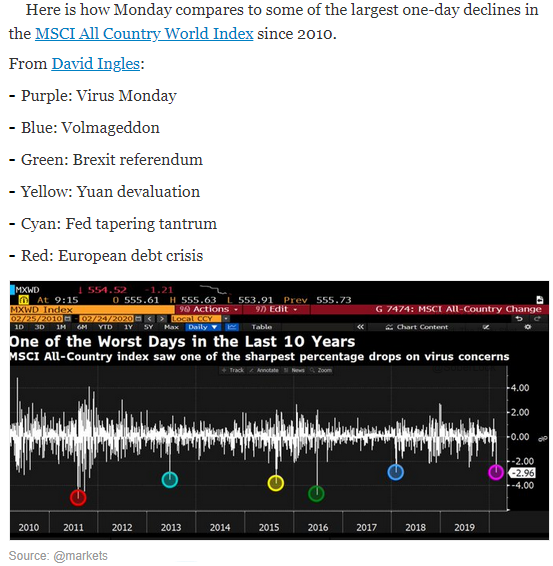
Source: WSJ Daily Shot, from 2/25/20
2. So far, while swift, the markets are only in an ordinary pullback of between 5-10%.
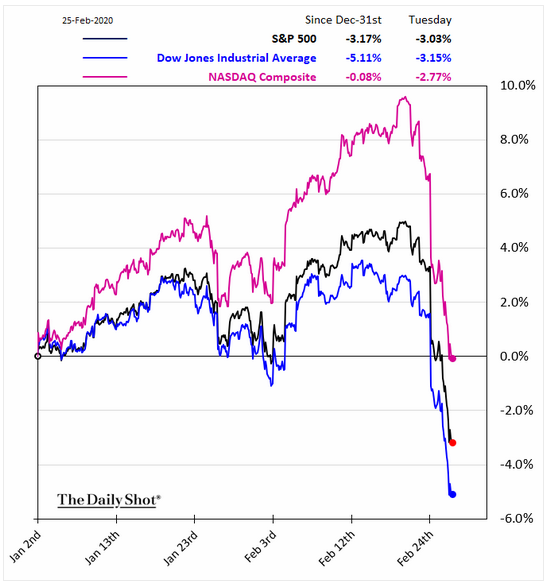
Source: WSJ Daily Shot, from 2/26/20
3. The pullback is bringing valuations back toward historical norms. The market was too ahead of itself at 19x forward P/E…
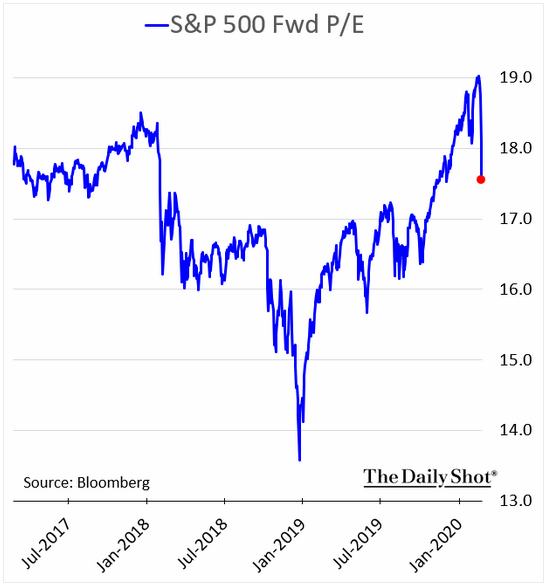
Source: WSJ Daily Shot, from 2/26/20
4. Fear has driven the 10 year UST to an all time low!
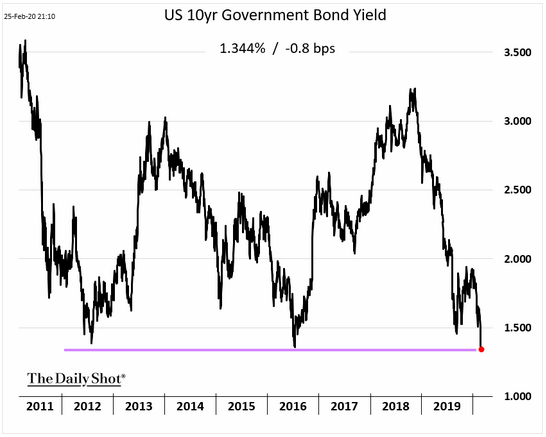
Source: WSJ Daily Shot, from 2/26/20
5. Back in the black… will it hold?
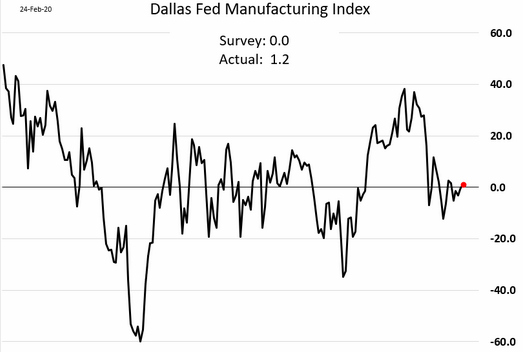
Source: WSJ Daily Shot, from 2/25/20
6. Why isn’t this topic part of the primary debates?
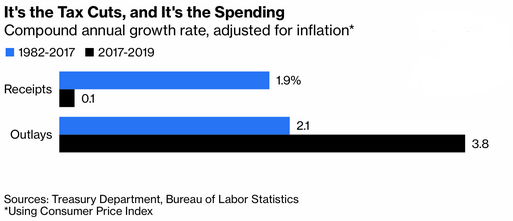
Source: WSJ Daily Shot, from 2/25/20
7. With tens of millions of workers quarantined and so many factories shut, there are going to be some obvious effects:
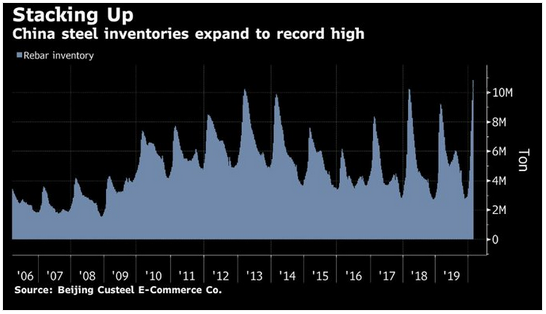
Source: Bloomberg, from 2/24/20
8. Let’s stick to factual information instead of media induced panic. The chart below shows us which industries are most exposed to Chinese industrial closures.
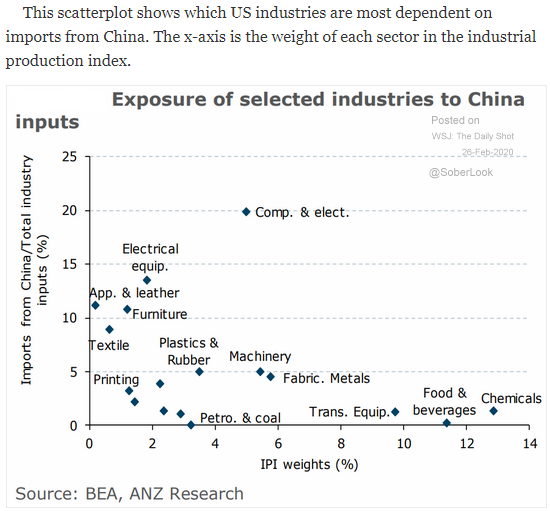
Source: WSJ Daily Shot, from 2/26/20
9. It looks like China’s response is getting the coronavirus, named COVID-19, under control. The concern now lies outside China, where civilians who are used to much more civil liberties will make containment more difficult.
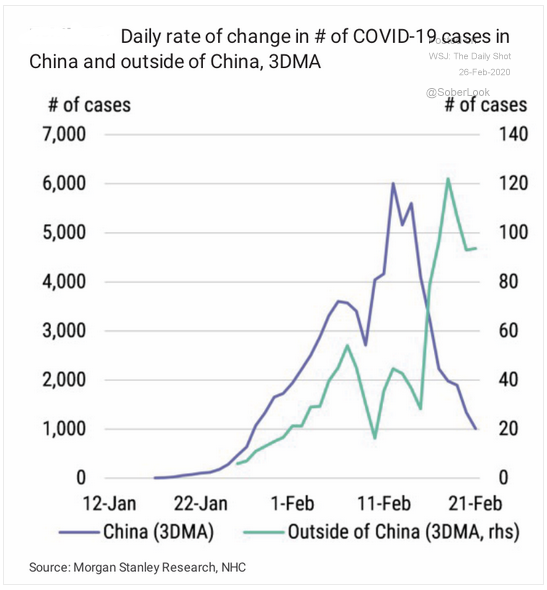
Source: WSJ Daily Shot, from 2/26/20
10. This will not help their GDP. They may well have their 4th recession in the last 11 years…
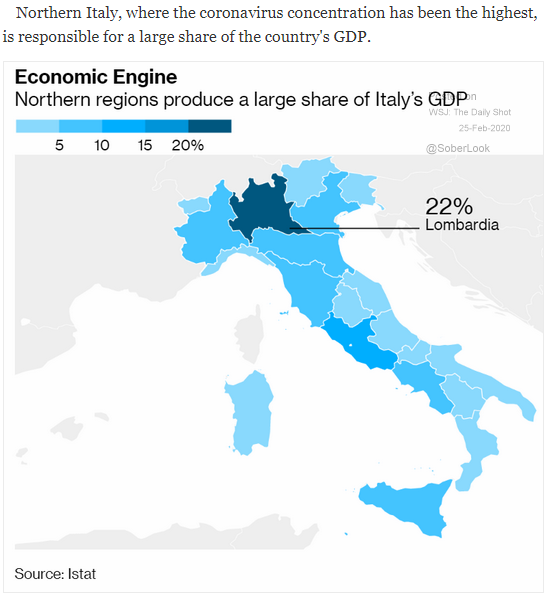
Source: Bloomberg, from 2/24/20
11. We’ll say it again: markets can remain irrational longer than most investors can stay solvent!
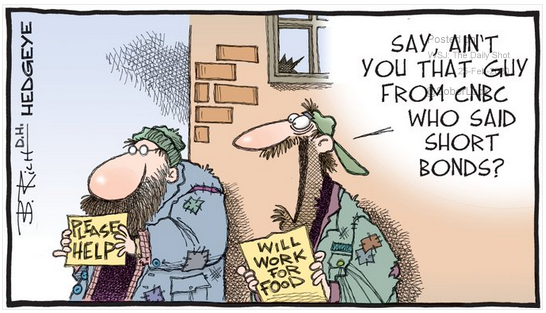
Source: Hedgeye, from 2/24/20












